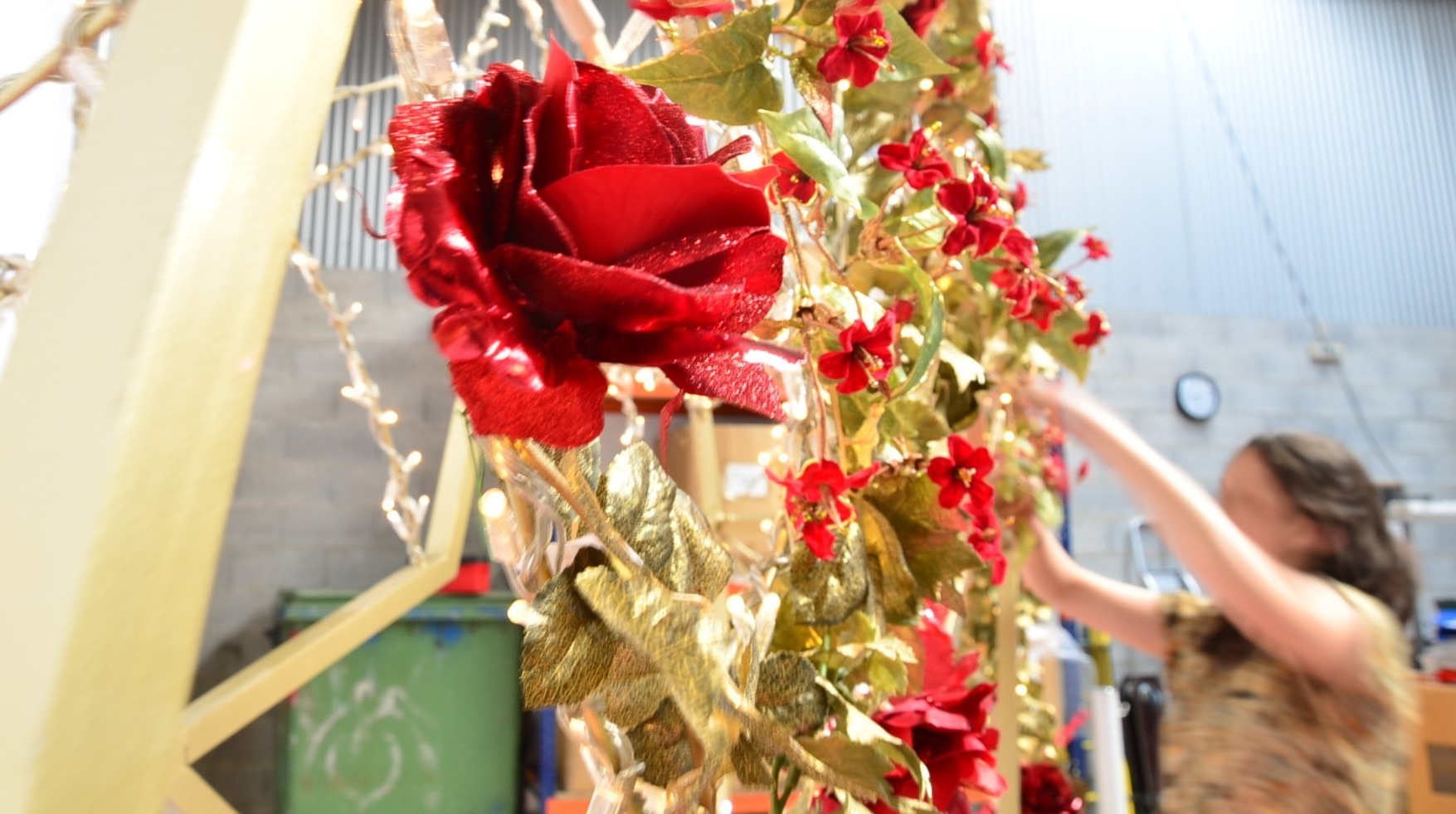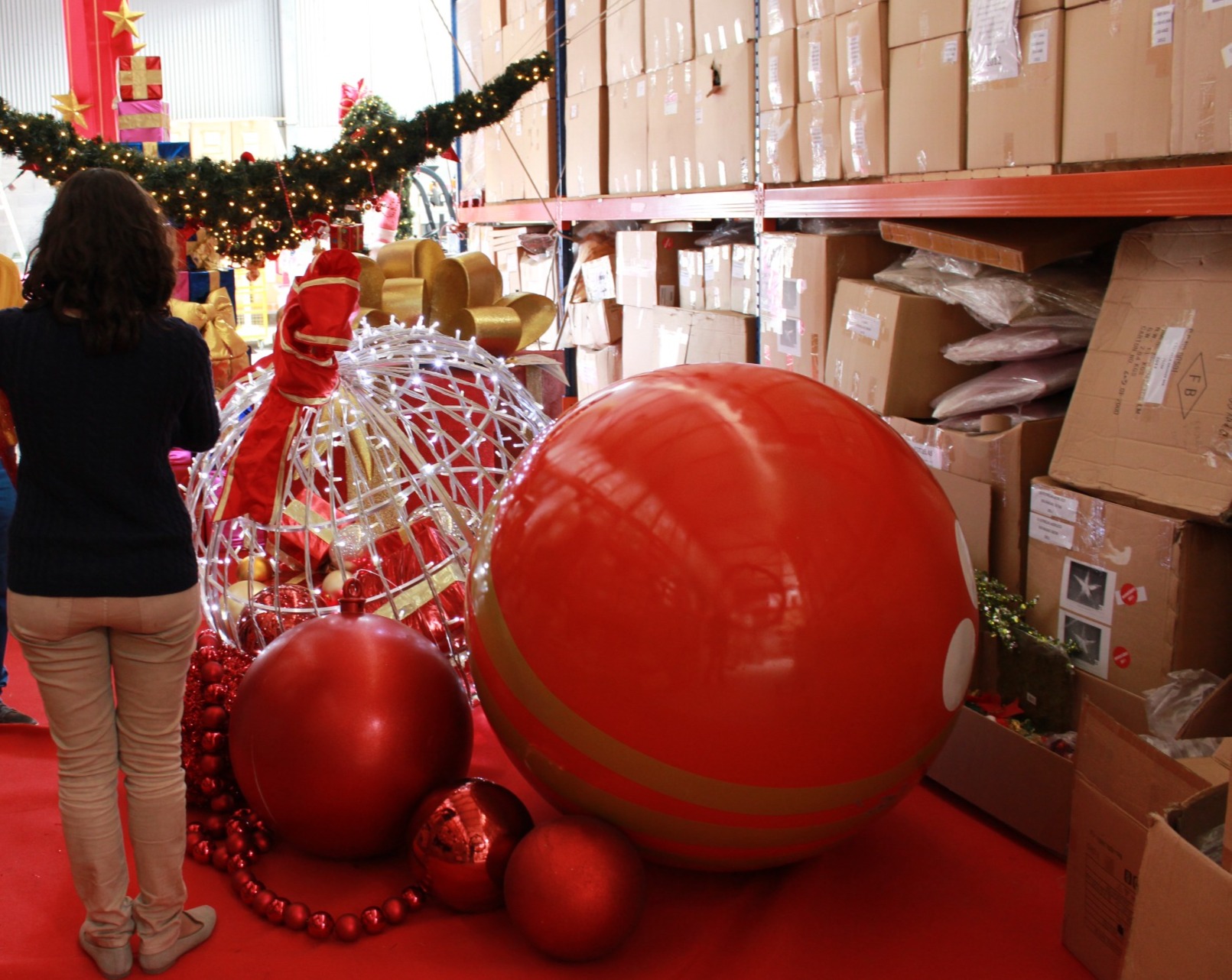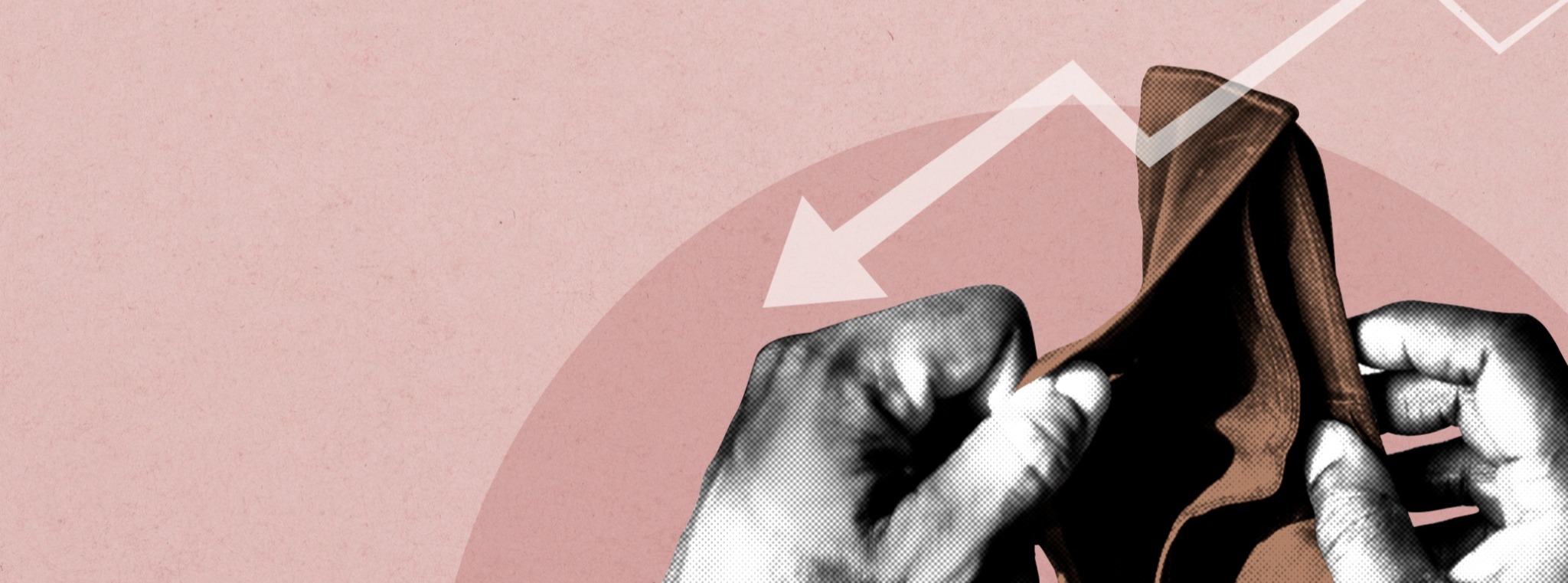Turning Crisis into Opportunity
In 2011, I delved into the world of event production and the retail industry, stepping into the role of a designer at AM Experience, a production company.
The company's profitable venture was developing lighting and thematic decoration projects, especially for Christmas, in various shopping malls—a seasonal business that involved crafting proposals for around 40 malls from January to September, with a turnover of approximately 1 million euros.
Come October and November, all projects needed to be installed in their respective centres, ready to dazzle visitors during the festive season. Then in January, everything had to be dismantled and stored again.
Operating in both the Portuguese and Spanish markets, the company held a licence from the renowned Austrian brand, MK Illumination, known for its high-quality products.

The Struggle to Close Deals
As a designer back then in 2011, my primary responsibility at the company was to develop captivating decoration proposals for each shopping centre.
However, despite pouring my creativity and effort into each project, I faced a disheartening challenge—the proposals were met with hesitation and indecisiveness from the clients. It was not uncommon for them to request multiple iterations before committing to a final design.
This constant back-and-forth was a source of frustration for me, and it was clear that something needed to change.
I delved deeper into the reasons behind this struggle, analysing the business models prevalent in the Portuguese market.
It became evident that the rental model adopted by most shopping centres limited their budgets compared to centres operating on a sales model in other parts of Europe.
Additionally, Portuguese clients had a penchant for fresh and distinct concepts each year, while the sales model typically allowed for project longevity of 4 to 5 years.
The high unit prices of MK Illumination's materials further complicated matters, making it financially impractical to include sufficient quantities in the proposals.

Unveiling a Solution: Embracing "Junk"
Amidst the struggle to close deals in 2012, a glimmer of opportunity arose from an unexpected source—the warehouse of accumulated materials. Many of these materials were considered outdated and useless, but I saw potential in giving them a new life.
To explore this possibility, I sought permission to create a detailed inventory of these neglected treasures.
Working closely with the production warehouse team, we meticulously catalogued each item, noting dimensions, weight, colours, repair needs, and even new price evaluations.
While some colleagues affectionately called me the "queen of junk," 😊 I saw this database as a game-changer.
It provided the creative team with an array of materials they could incorporate into their proposals, bringing depth and substance to the designs.

Enhancing Proposal Effectiveness
The inventory of restored materials revolutionized our approach to proposals in 2012. By strategically combining new and revitalized elements, I crafted breathtaking designs that not only delighted clients but also fit within their budget constraints.
Armed with this newfound resourcefulness and determination, I honed my skills in understanding client briefings to create proposals that better aligned with their visions.
The results were remarkable—the number of proposals accepted by clients soared to an impressive 80%, with half of them being approved on the first try.
This breakthrough was a testament to the power of resourcefulness and creative thinking. It showcased how a simple shift in approach could make a remarkable difference in the success of a project.
The Economic Crisis Hits
To continue this tale, we must contextualize the country amidst the macroeconomic landscape at the time.
In 2013, Portugal was plunging into a significant economic crisis, and as we know, during such times, non-essential services are the first to face cutbacks.
In the retail industry, there was an emotional return for the client that potentially determined their preference for one centre over another during the peak shopping season—Christmas. However, it didn't translate into an immediate economic return in a "cause-effect" format.
So, imagine the scenario in August 2013, the retail industry, deemed non-essential during trying times, was hit hard. With the Christmas season fast approaching, the usual emotional return that came with extravagant decorations didn't seem to be enough to convince clients to commit to the projects.

A Company on the Edge
The economic downturn took a toll on the company's financial stability.
Facing an uncertain future, the management reluctantly had to make tough decisions, including downsizing and laying off valuable staff.
Whole departments, including purchasing, operations, sales, and on-site installation teams, were dissolved.
To add to the challenges, the CEO faced personal issues and was absent from the company, leaving a void in leadership.
When I joined the company, we were a team of around 30 people, but by this point, our numbers had dwindled to approximately 13. Out of these 13, six of us held roles with significant responsibilities and scope, including myself.
A daring decision

Confronted with an array of challenges and uncertainty in September 2013, a pivotal moment emerged when our clients realized that not proceeding with the projects would have dire consequences for their businesses.
Almost out of the blue, 30 projects were closed within a few days, putting our team in a checkmate position.
We were faced with a daunting choice that would determine the fate of the company.
On one hand, we could have resigned, informing the clients of our resource limitations, and accepted the inevitable closure of the company.
On the other hand, we could have embraced the challenge fearlessly, acknowledging the immense workload and personal sacrifices it would demand.
But the rallying cry of "Being part of the solution, not the problem" echoed in my mind, and I couldn't fathom giving up without giving it my all.
So, I stepped up and took on the responsibility of material acquisition, leveraging my connections with suppliers from previous trade fairs and what I had learned with the previous colleague responsible for that role. I played a pivotal role in converting closed proposals into comprehensive production lists, efficiently managing orders.
Together with my colleagues, we united under a common mission—to rescue the company!
A race against time
With the daring decision made, we rallied together as a cohesive and enthusiastic team.
Confronted with an immediate need to address disorganization and communication issues, sparked by recent developments and a sense of demotivation among the team, we discovered a transformative solution—the ASANA platform became my ultimate work ally 😄.
Creating a collaborative team environment on ASANA that month, we meticulously planned the production of all projects, proving instrumental in streamlining our operations, particularly in terms of timelines.
With everyone informed about each project's status, including material orders, arrival dates, on-site teams, assembly, and dismantling schedules, even the notorious "orphan tasks" found dedicated owners!

A Whirlwind of Activity
Each member of the team stepped up to their responsibilities, fully aware of the monumental task ahead.
Despite the numerous challenges and sleepless nights, our determination and unwavering teamwork prevailed.
Resilience Rewarded
Our relentless efforts and sacrifices bore fruit by the end of 2013.
Guess what? The company witnessed remarkable growth of 35%, defying all odds and expectations.
The once-dire situation had transformed into an inspiring tale of resilience, adaptability, and ingenuity. Our journey was far from over, but this achievement stood as a testament to our collective strength and determination.

Final Thoughts and Beyond
As I reflect on my journey at AM Experience, I can't help but feel immense pride and gratitude for the lessons learned in perseverance and teamwork.
Our tale stands as a living testament to the power of creativity and resourcefulness during times of crisis.
By embracing new possibilities and transforming challenges into opportunities, we not only survived but thrived.
However, it's essential to highlight that this approach is not the most sustainable way to manage such business —yet, at that moment, it was what had to be done.
In the face of economic uncertainty and unprecedented challenges, the story of AM Experience proves to me that with determination, innovative thinking, and a resilient spirit, a crisis can become a stepping stone to unimaginable success.
In 2015, sensing that I had left a lasting impact and eager for new horizons, I fearlessly embraced change and set forth on an exciting new path, bidding farewell to my time at AM Experience.

Post a comment